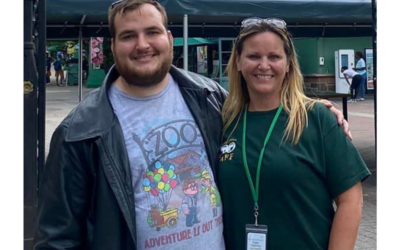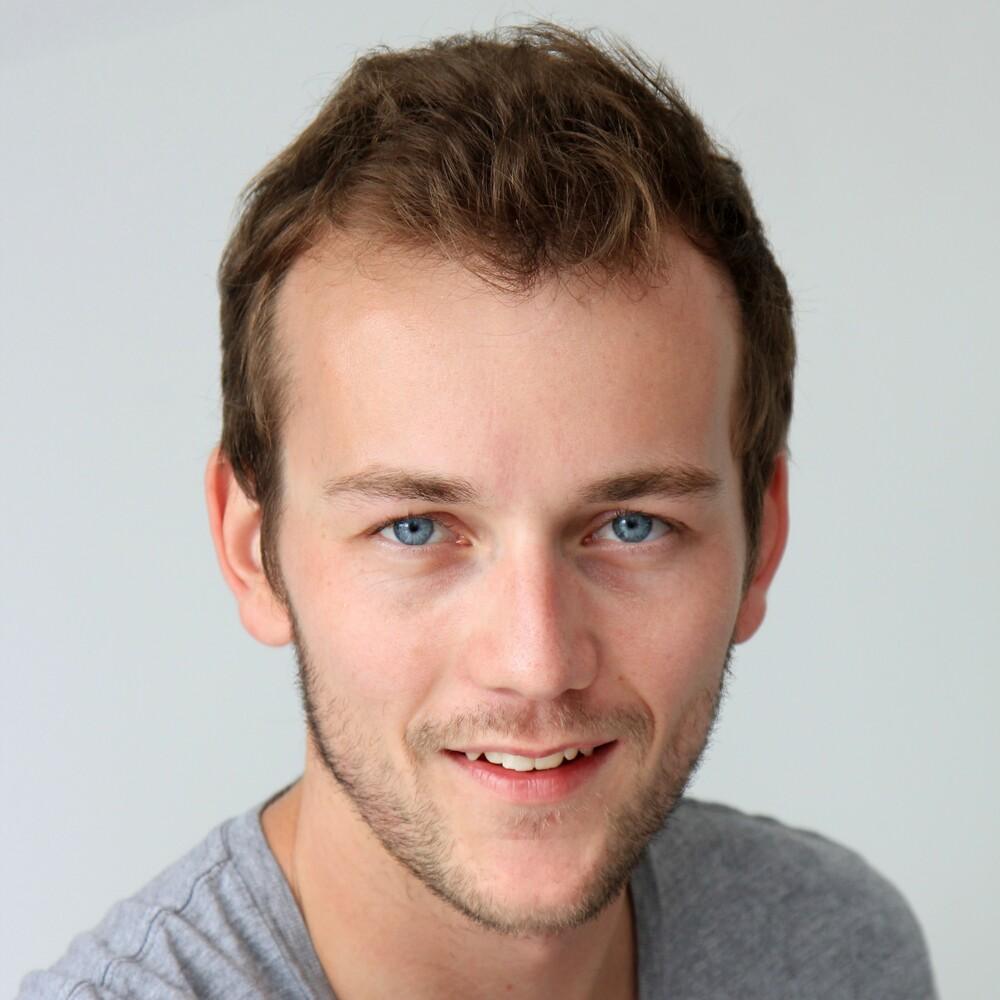By: Kathy Wagner
Shannon Fitzgerald, Chief Brand Officer of SSA Group, attributes the shaping of her personal ethos early in life to her father’s dedication to his work and especially to his employees—beliefs that continue to influence Shannon’s approach to leadership today. Kevin McNicholas began contracting with Denver’s Mile High Stadium in 1971 and co-founded SSA Group in 1989, quickly becoming a leading visitor services company in North America. Family has remained a core value of SSA, with Kevin’s son Sean, Chief Executive Officer, and daughter Shannon now leading the company’s vision as SSA Group celebrates 50 years. In the following interview, Shannon shares her thoughts and best practices about managing and developing people, aligning people and profit, valuing diversity, and balancing home and work life.
KW: Some time ago, we had a conversation about your father and his early work history and philosophy. Can you tell me more about this and how that shaped your outlook?
SF: Our Dad had a zest for life and enjoyed living life fully—traits I see in myself. He had a ton of charisma and enjoyed being with people…and not just any people, but his employees. As a child, I watched my dad leave the house on Christmas Day to thank the men and women working in his concessions business, letting them know how important their work was and how much they meant to him. If he saw an employee at the bus stop waiting to catch their ride home, he’d pull over, pick them up, and drive them home. When he attended a gala at one of our cultural attraction partner sites, he’d always walk past the guests to the kitchen where the team was preparing the meal. He’d start at the dishwasher station, then move on to the chefs, servers, and bussers, shaking everyone’s hands, telling them their job helped keep this operation running, asking them about their families, and only then finally making his way back to the gala guests.
He grew up in a very poor family and knew what life was like when you didn’t have much, so as his business grew, both he and my mom, Mary McNicholas, made it their life commitment to help as many people as they possibly could. Dad wanted his company to be a home for all, especially those who didn’t have a place they considered home. He knew how lucky he had been and always said, “to those much has been given, much is expected” and to him that meant a vow to give back. His greatest gift was building a company that fulfills the lives of its employees and those of its cultural attraction partners [SSA calls their clients “partners”]. He left a legacy of people first, good deals that benefit both parties equally, and hard work always. I try to follow in his footsteps, impacting as many lives as I can.
KW: You said, “It’s all about people,” when we talked about leadership and culture; can you give some examples?
SF: When you ask SSA team members to describe the company, they often use the word “family,” and “family” equals people. It is all about our people. Our focus on people is beyond our employees, it includes our partners and our guests as well. We travel with our partners, share meals, know their families. We also travel with our teams, break bread together often, and care about their lives outside of work.
Here are some “people first” strategies to think about that could work almost anywhere:
- Invite frontline team members to join your senior leaders in workshops; at SSA, frontline employees join headquarters staff for a week every summer
- Consider engaging experts to support your team. Behavioral Essentials consultants ignited SSA’s mental health and wellness program, providing executive and personal coaching and crisis management services
- Re-think your approach to “human resources.” SSA invested in a “People Department” in 2018 and then an “IDEA + Belonging Department” in 2022
- Provide opportunities for your people to travel, grow, and make an impact; this is core to SSA. We also invest resources with our partners, supporting partner collaborations and visits, team member summits, new account transitions, and apprenticeship program travel
- Be transparent and inclusive. A significant amount of the financial performance of the company is shared with many general managers, leaders, and support team resources on an annual basis.
- Invest in your team’s wellbeing. SSA is investing in rest, recovery, and relaxation centers for team members
KW: Sounds expensive! How do you align people with profits?
SF: Putting people first requires resources. A “people first” commitment means a non-negotiable resource commitment, which might be substantial. It’s important to see this commitment not as an expense, but as an investment—an investment that will pay off in employee satisfaction, retention, and dedication to serving the guest. Owners of SSA invest the majority of company profits back into the business for innovation, culture, employee benefits, employee opportunities, and employee mental health and wellness. And have been doing so for decades.
KW: Can you give me an example of a “people first” project you’ve undertaken?
SF: We launched our first ever DICE (diversity, inclusion, culture, equity) task force in 2015 with a commitment to drive programs and initiatives to recruit and develop all leaders from all communities, demographics, and segments of the population. Beyond establishing a task force around these topics, in my experience, best practices include:
- Launching an annual company-wide employee engagement survey
- Establishing a five-year structured mentorship program
- Bringing frontline employees from across the country to corporate headquarters to gain access and exposure to departments, meetings, and other strategic elements (known as “cultureship” at SSA)
- Expanding and realigning company benefits for employees from diverse family makeups wanting to have children
- Establishing employee resource groups
- Supporting local community programs through sponsorship and involvement
KW: Did you/do you have a mentor? Do you mentor others?
SF: I look at the notion of mentorship differently…still considering the value and outcome of the traditional “mentor” relationship but distributing it among a variety of networks. For example:
- I joined “Chief “– an organization for female executives, where I’ve formed relationships with individuals outside our industry.
- I lean on peers for “group think,” connecting with those who have more experience than me while also reaching out to those with less.
- I learn a lot by extending myself, asking questions, and listening.
Thinking about mentoring others—if we can all be honest, vulnerable, and authentic in as many conversations as possible with as many people as possible about our struggles, our successes, the reality of the good and the bad…then maybe we can help others become more self-aware It’s important to make time for these connections. We must prioritize helping others and committing to people’s growth, which takes a lot of time and energy. But if my advice can give people the insight, confidence, and ignition to make the best of their story, then we’ve all done our part.
KW: What’s your secret to balancing everything? I know you have an active family.
SF: I don’t have the secret to work-life balance, and I’m not sure anyone really does. There’s no sense in making people feel they should achieve something that’s unattainable. When I’m leaning fully into work, my personal life gets impacted and vice versa. That’s the reality. But it’s the reality I choose. If you’re all in on one side of life or the other, then there’s almost always give (maybe even sacrifice), and you get comfortable with that. The “balance” comes in where and when you decide how and when the two parts of your life get sacrificed and where they get attention.
Throughout my life and my career, I’ve worked to establish a community of resources to provide perspective, advice, guidance, insight, solution, support, and encouragement. This community has existed next to me through various stages personally and professionally. Their greatest gifts have been:
- To nudge me to enroll in executive courses through a business school (massively impactful in my professional development), and
- To stop me from trying to be supermom by doing it all myself and instead to find resources and lean into them for relief. Maybe I can’t be at every school function or every bedtime or every soccer game, but I can ensure that people who love my children will be there for them when I can’t be.
In the end, you realize you need to stop trying to be everything, everywhere, always. What I gain is that my daughters get to see a mom who gives her all as an executive leader in a company and industry that’s making the world a better place; and my colleagues get to see an executive leader who gives her all as a mom and wife to her family. None of it is perfect. There’s a lot of struggle, but it’s beautiful. So—embrace the chaos and try to enjoy it along the way:
- Live life in a grand way
- Know that greater understanding resolves conflict, and
- Do anything you can (big or small) to help as many people as possible





